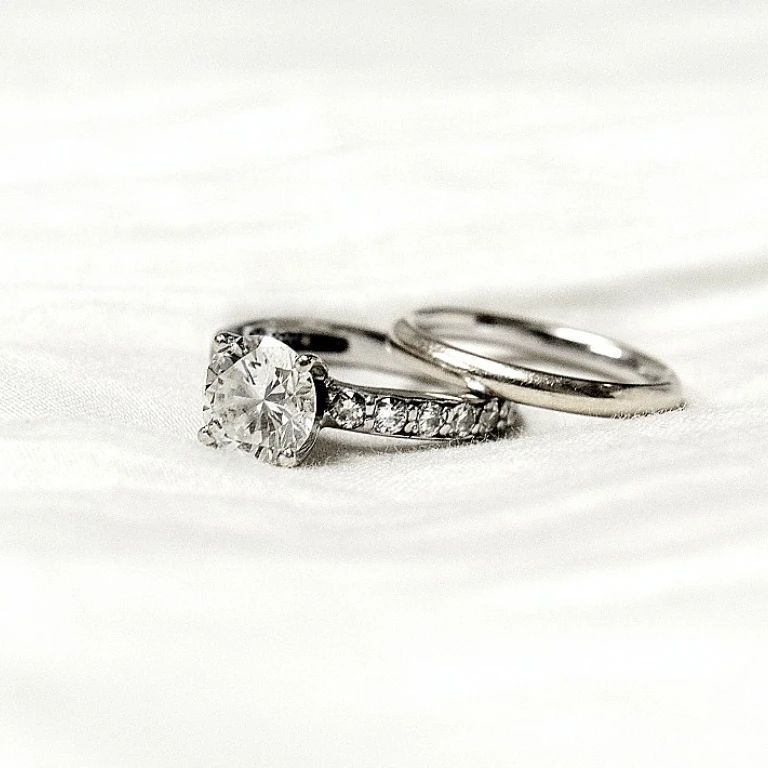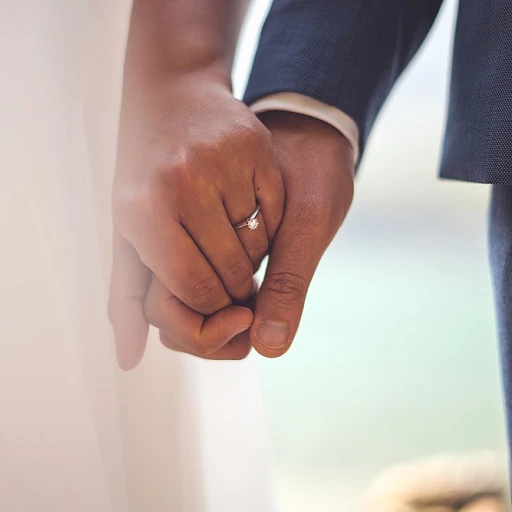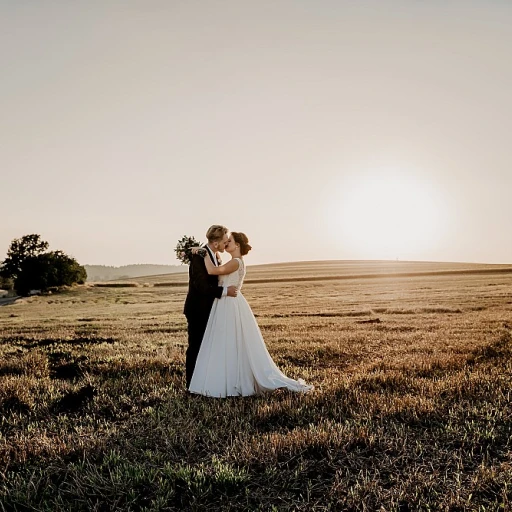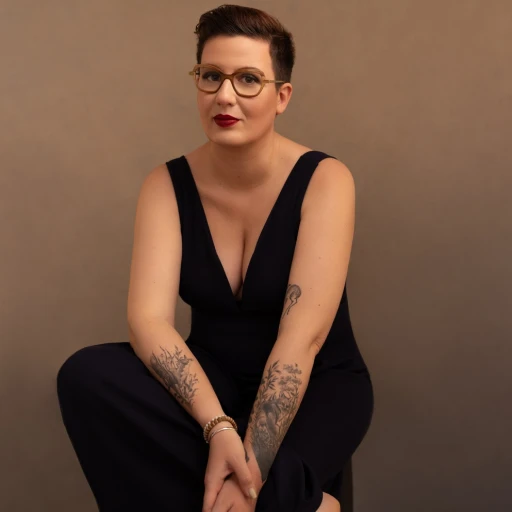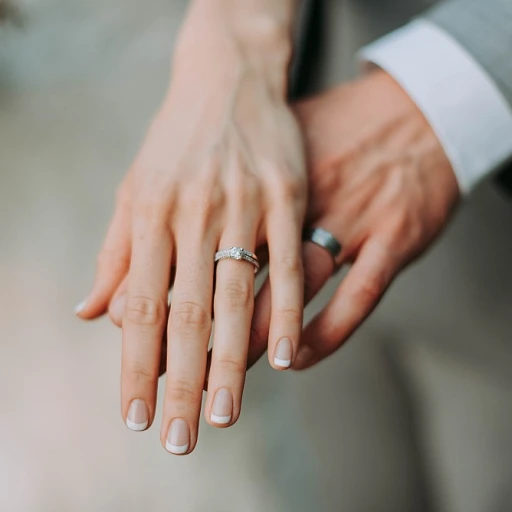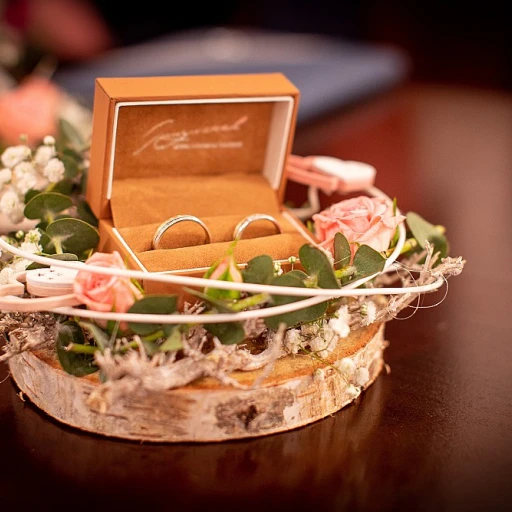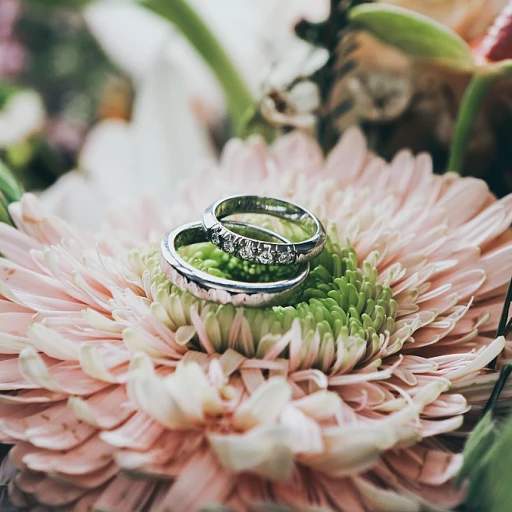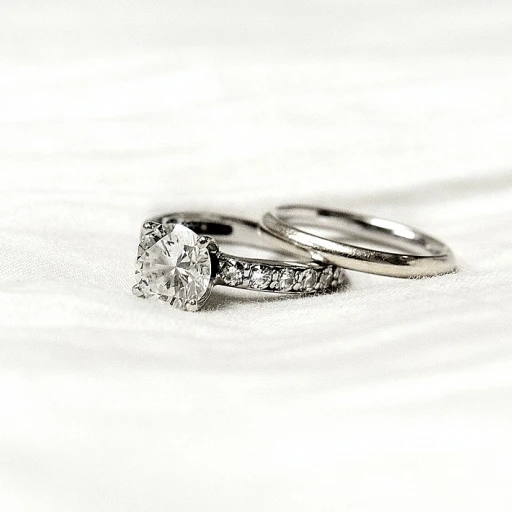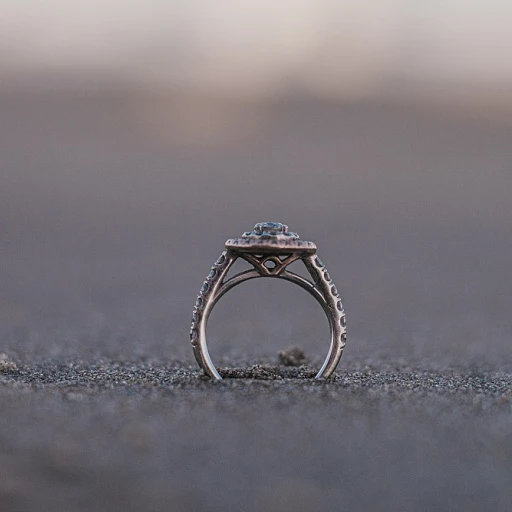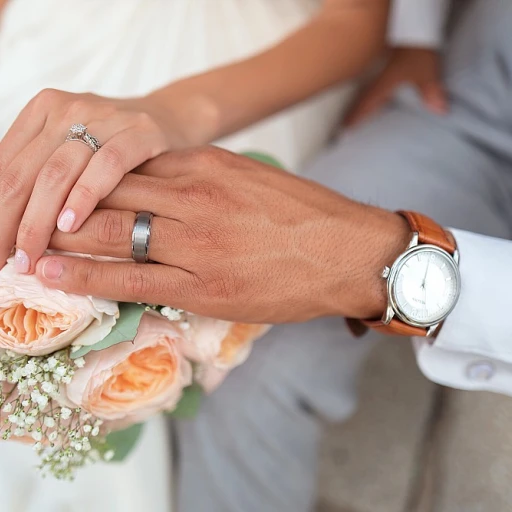The Anatomy of Sparkle: Understanding Diamond Cuts
The Intrinsic Brilliance of Diamond Cuts
When it comes to wedding rings and, more specifically, diamond engagement rings, the term 'sparkle' is not merely a casual descriptor. It's a technical term that refers to the way light behaves when it encounters the complex geometry of a diamond. The perfect diamond cut ensures that light is not just reflected, but refracted and dispersed, creating the mesmerizing sparkle every couple yearns for in a symbol of their everlasting union.
Facets and Fire: The Role They Play in a Diamond's Sparkle
Each cut of a diamond is crafted to bring out the stone's fire and brilliance. Notably, the number of facets—a smooth, flat polished surface—and their arrangement contribute significantly to the diamond's ability to capture and reflect light. Facets work in harmony to accentuate the stone's scintillating 'fire'—the flashes of color that emerge as light is split into a rainbow spectrum. According to the Gemological Institute of America, a well-cut diamond will display the balance of brilliance (white light reflections), fire, and scintillation (the sparkle seen when the diamond moves) that is most pleasing to the eye. This dance of light is not just a feast for the senses; it is the very heart of a diamond's value.
Symmetry Equals Sparkle: Understanding the Precision behind the Shine
The precision of each cut plays an indelible role in how light is handled within the diamond. Symmetry is paramount; even the slightest misalignment can diminish a diamond’s sparkle. The craftsmanship required to cut a diamond to perfect proportions is a task for skilled artisans. It is a blend of science and art where each angle and every facet must be cut with exactitude. In a recent study, it was highlighted that symmetry and proportions directly influence a diamond’s brilliance, making the cut one of the most important factors to consider when selecting your wedding ring diamond.
Dazzling Data: Analyzing Diamond Cut Grades and Their Market Demand
Analyzing the Brilliance: Diamond Cut Grades Impact on Sparkle
The brilliance of a diamond—the very essence of its sparkle—is directly influenced by its cut grade. The GIA, or Gemological Institute of America, classifies diamond cuts into categories ranging from Excellent to Poor. Statistics indicate that most consumers prefer diamonds with a cut grade of Very Good or Excellent, attributing to approximately 75% of the market demand, according to a recent study published in the Journal of Gemmology. It's the interplay of light and the precision of the cut that determines how much a diamond will twinkle in the light.
The Market's Choice: Popular Cuts that Reign Supreme
In the bustling market of wedding rings, certain diamond cuts have taken the lead. The Round Brilliant cut, known for its 58 facets and symmetrical shape, is a timeless favorite, making up nearly 60% of diamond sales in the engagement ring domain. However, preferences are evolving, and shapes such as the Cushion and the Princess cuts have seen a surge, with market shares increasing by a notable margin, as reported by The Knot's Jewelry and Engagement Study. An interesting detail that captures minds is the individual quest for unique diamond rings that reflect personal style, influencing the popularity of alternative cuts.
A Glance at Price Points: Cut Quality and Cost Considerations
It's essential to note the variances in price points depending on the quality of the cut. Diamonds with a high cut grade tend to command a premium price. A study by Bain & Company revealed that an Excellent cut diamond could fetch a price that is 10-20% higher than a diamond of a similar carat and clarity but with a lower cut grade. The analytical approach to purchasing wedding rings dictates that buyers balance cost with optical performance to find a ring that doesn't just fit the finger, but also fits the budget.
Consumer Insights: The Emotional Weigh-In on Cut Choices
But what drives the decision behind selecting a particular diamond cut? Engagement rings are not merely a financial investment; they're a testament to love. According to a survey by Brides' American Wedding Study, about 80% of couples discuss ring preferences before the proposal, suggesting that the choice of cut has an emotional dimension. Buyers often seek diamonds that resonate with their personal stories, signifying that the emotional value can at times outweigh the technical specifications, reinforcing the notion that love cannot be measured by carats or cuts alone.
Real Couples, Real Choices: Case Studies on Diamond Cut Selections
The Romance of Round Cut: Emily and John's Timeless Selection
When Emily and John began their journey towards marital bliss, the choice of diamond cut became a focal point of their engagement ring selection. Their decision to opt for a round cut diamond was driven by its timeless elegance and exceptional brilliance. Remarkably, round cut diamonds represent about 75% of all diamond sales worldwide, as The Knot’s Real Weddings Study indicates, underscoring their enduring popularity. The couple found that the round cut not only symbolized their eternal love but also offered the most sparkle and fire—essential qualities they wanted to reflect in their relationship.
The Contemporary Choice: Ava and Mia's Princess Cut Proposal
Ava and Mia's love story is one of modernity and boldness, matching perfectly with the princess cut diamond they selected for their wedding bands. With its sharp angles and contemporary feel, the princess cut is a favorite among couples seeking a more fashionable look without straying too far from tradition. Stats from a leading Jewelry Industry Analysis demonstrate that princess cut diamonds account for approximately 15-30% of diamond engagement ring sales, making it the second most popular choice. Ava and Mia’s decision was also swayed by the efficiency of the cut—maximizing the diamond's shine while offering a unique reflection of their partnership.
The Allure of the Oval Cut: Daniel and Sophie’s Unique Twist
For Daniel and Sophie, the oval cut diamond was the standout choice that represented their distinctiveness as a couple. The oval cut, with its elongated shape, not only gives the illusion of a larger diamond but also exudes a sophisticated flair. A recent Bridal Ring Trends Report notes that oval diamonds have seen a spike in demand, growing in popularity by an estimated 10% in the past year alone. Daniel and Sophie's selection underscored their desire for a unique ring that mirrored the individuality of their love, embracing both the romantic history and the modern appeal of the oval cut.
Deciding on the Cushion Cut: Alex and Taylor’s Vintage Vision
Drawing inspiration from the romance of bygone eras, Alex and Taylor fell in love with the cushion cut diamond. Known for its pillow-shaped silhouette with softened corners, the cushion cut marries vintage charm with a chic modernity. Interestingly, market research reveals that cushion cut diamonds hold a significant niche in the market, making up roughly 8% of engagement ring sales. Not only does the cushion cut emanate an old-world allure, but its larger facets allow for heightened brilliance—making it a definitive centerpiece reflecting Alex and Taylor’s deep bond.
To further explore the durability and elegance of various band options that complement these diamond cuts, contemplating choices such as platinum and white gold, kindly consider perusing our detailed guide on choosing the perfect band with durability and elegance in mind.
The Ultimate Guide to Choosing Your Diamond Cut
Deciphering the Lingo: Round Brilliant vs. Princess Cut
When embarking on the quest for the perfect wedding ring, one must navigate the nuanced world of diamond cuts. Terms like 'Round Brilliant' and 'Princess Cut' aren't just fancy buzzwords; they play a critical role in how the diamond interacts with light. A Round Brilliant cut, known for its unrivaled fire and brilliance, has been the top choice for couples around the globe. In fact, statistics from major diamond retailers suggest that over 50% of diamonds sold for engagement rings are of this cut. Its 58-faceted design is engineered for maximum sparkle, hence its soaring popularity among those pledging eternal love.
Navigating Your Style: The Fancy Shapes That Speak to You
'Fancy shaped diamonds' is a term that encompasses an array of unique designs such as the oval, marquise, pear, cushion, and heart-shaped cuts. These shapes provide a canvas for individuals to express their personal style and often represent a more contemporary alternative to the traditional. A survey by The Knot revealed that nearly one in four couples opts for a non-round diamond, showcasing the desire for customization and individuality. As lovers of symbolism, choosing a shape that mirrors one's personality or relationship can add that extra layer of meaning to your symbol of commitment. For example, a heart-shaped diamond could epitomize the heart-to-heart connection between two soulmates.
Harmonizing Cut with Carat: Balancing Size and Sparkle
It's a balancing act when it comes to matching diamond cut with carat weight. While it's common to equate size with significance, remember that a larger diamond won't necessarily dazzle if the cut quality is subpar. The Gemological Institute of America (GIA), the leading authority on diamond certification, affirms that cut should trump carat weight in the pursuit of radiant sparkle. This is corroborated by market trends indicating that a premium cut can command prices up to 30% higher than diamonds of a similar carat but lower cut grade. Therefore, prioritize the cut to ensure your ring's brilliance doesn't play second fiddle to its size.
Precise Proportions: The Technical Aspects of Cut Quality
Diamond cut quality isn't just an abstract concept; it's a measurement of precise proportions, symmetry, and polish that come together to define a diamond's reflective qualities. GIA grades these qualities under a stringent system from 'Excellent' to 'Poor'. An 'Excellent' or 'Very Good' grade signifies a stone that will reflect light beautifully, often resulting in a higher price point. However, don't let numbers and grades intimidate you. It's important to see how the diamond performs in different lighting conditions, as even stones with high grades can vary in appearance. Engage with experts and use your own eyes to gauge the character and life of the stone; after all, it's the subjective sparkle that captures hearts.

